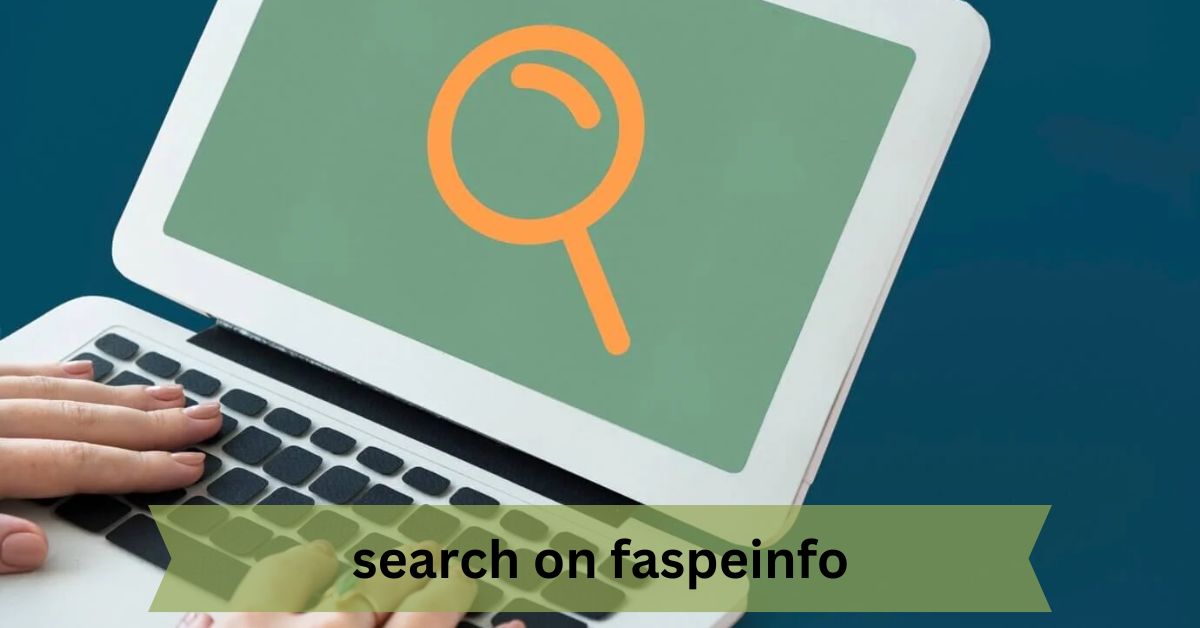In an increasingly interconnected world, the need for accurate and efficient translation has never been more critical. Преводеч (a Russian word that loosely translates to “translator”) stands as a concept that symbolizes the modern evolution of translation technology.
Table of Contents:
- What is Преводеч?
- A Brief History of Translation
- The Role of Technology in Translation
- Преводеч and Machine Learning
- Bridging Cultural Gaps Through Translation
- Преводеч and Global Business
- Challenges Faced by Translation Technology
- The Future of Translation: Преводеч as a Game Changer
- FAQs About Преводеч
1. What is Преводеч?
Преводеч refers to the advanced modern-day systems and tools that enable real-time, accurate translations across different languages.
Unlike traditional translation methods, преводеч emphasizes the use of cutting-edge technology such as artificial intelligence (AI), machine learning, and natural language processing (NLP) to make the translation process faster, more reliable, and accessible on a global scale.
In essence, преводеч encapsulates the movement toward automated, high-quality translations. This evolution has come as a response to growing demands for quick, efficient, and accurate translations in international business, education, politics, and everyday communication.
2. A Brief History of Translation
Early Translation Practices
The concept of translation has existed for thousands of years, long before преводеч came into play. In ancient times, translation primarily involved interpreting texts or verbal communication between languages. Translators played a crucial role in diplomacy, trade, and cultural exchanges.
From Manual to Digital
As civilization progressed, translation practices became more formalized. The introduction of bilingual dictionaries in the Renaissance period marked a pivotal moment in translation history. However, these methods were still slow and prone to errors.
By the 20th century, technological advancements made their way into the translation industry. Early computers and algorithms were developed to assist in translation efforts, though they were limited in scope and often lacked accuracy.
This is where преводеч starts to gain relevance, as the leap to AI-driven translations dramatically improved the quality and speed of translation.
3. The Role of Technology in Translation
The Rise of Translation Tools
In the past few decades, technology has revolutionized the way we handle translations. The development of online tools like Google Translate and translation management systems (TMS) has drastically changed the translation landscape.
These platforms allow users to translate text instantly, though earlier versions of these tools struggled with nuances, idioms, and contextual meanings.
The evolution of translation technology is embodied in преводеч, a term that symbolizes the shift from manual, human-dependent translations to sophisticated automated systems.
Artificial Intelligence and NLP
One of the key breakthroughs in translation technology is the incorporation of AI and NLP. These technologies allow преводеч to “learn” from vast datasets and understand language patterns, thus improving the quality of translations over time.
Machine learning models can now interpret complex sentences, cultural nuances, and even emotional tones, something that was previously unattainable with early translation tools.
4. Преводеч and Machine Learning
How Machine Learning Powers Translation
Machine learning (ML) plays an essential role in преводеч, enabling systems to analyze large amounts of language data and improve translation accuracy.
For example, neural machine translation (NMT) models, which are built on AI, have revolutionized the field by providing more accurate and natural-sounding translations.
The machine learning process involves feeding algorithms with data, allowing them to learn from millions of language pairs. Over time, these systems become better at predicting the correct translations based on the context, grammar, and even idiomatic expressions of the language.
Real-World Examples
Popular services like DeepL and Google Translate are prime examples of machine learning at work in преводеч. These tools use AI-driven models that adapt and evolve, ensuring that translations are as accurate and meaningful as possible.
However, machine learning is still evolving, and human oversight remains crucial in ensuring top-quality translations, especially in areas such as legal, medical, or literary translation.
5. Bridging Cultural Gaps Through Translation
Translation as a Cultural Bridge
Translation does more than just convert words from one language to another. It serves as a bridge between cultures, allowing people from different backgrounds to communicate and understand each other.
Преводеч plays a pivotal role in this process by making it easier for businesses, governments, and individuals to overcome language barriers and foster global relationships.
By ensuring that cultural nuances are preserved, преводеч helps avoid miscommunication, which is often a result of direct, word-for-word translations. This ability to understand and convey context is particularly important in diplomacy, international marketing, and cross-cultural communication.
Breaking Down Language Barriers
Language barriers have historically been a significant obstacle in global interaction. Whether for travel, business, or politics, the inability to understand different languages has hindered many efforts.
Преводеч changes this dynamic, offering solutions that allow people to communicate across language lines seamlessly. This promotes a more unified and understanding global society.
6. Преводеч and Global Business
Translation in International Trade
One of the most significant impacts of преводеч is in global business. In today’s interconnected world, companies can easily sell their products and services to international markets. However, communication can be a challenge, as customers prefer interacting in their native languages.
With преводеч, businesses can provide multilingual support, enabling better customer experiences. Automated translation systems can handle various languages, ensuring smooth communication between companies and their global customer base.
Furthermore, these systems can help businesses localize their products, making them more appealing in different markets.
Enhancing Global Collaboration
The modern workforce is increasingly global, with employees from different countries and cultures collaborating on projects.
Преводеч plays a vital role in this context, as real-time translation tools help bridge communication gaps, allowing teams to work together effectively, no matter where they are located.
7. Challenges Faced by Translation Technology
Accuracy and Cultural Context
One of the main challenges of преводеч is ensuring accuracy while maintaining cultural context. While AI and machine learning models can quickly translate large amounts of text, they sometimes struggle with idioms, humor, or culturally specific references.
This is why human input is still necessary for critical translations that require a deep understanding of the source and target languages.
Privacy and Security Concerns
Another challenge is maintaining privacy and data security when using automated translation systems. Companies handling sensitive information, such as medical or legal records, must ensure that their data is kept private and secure during the translation process.
8. The Future of Translation: Преводеч as a Game Changer
The Role of AI in Future Translations
The future of translation is closely tied to the development of AI. With continuous improvements in machine learning models, преводеч will become even more accurate and efficient. We can expect real-time, flawless translations across languages and dialects, allowing for a truly global conversation.
Potential for Voice and Real-Time Translation
Voice translation is another exciting development in the field of преводеч. Imagine speaking into your phone and having it instantly translate your words into another language.
Companies like Google and Microsoft are already making strides in this area, and the future looks promising for real-time voice translation technology.
9. FAQs Преводеч
What is преводеч?
Преводеч is a modern term that refers to advanced translation technologies powered by artificial intelligence, machine learning, and natural language processing. It represents the evolution of translation tools from traditional, manual methods to highly automated systems.
How does преводеч work?
Преводеч uses machine learning algorithms and vast datasets to analyze languages and provide accurate translations. The system learns from patterns in data, enabling it to understand context and nuances in different languages.
Is преводеч replacing human translators?
While преводеч has greatly improved the speed and efficiency of translations, human translators are still essential for high-quality translations, especially in fields like literature, law, and medicine. Machine translations are helpful for everyday use, but humans still provide the best accuracy for specialized tasks.
Can преводеч handle multiple languages at once?
Yes, преводеч is capable of translating across multiple languages, often in real-time. Advanced systems like Google Translate can process dozens of languages, making global communication more accessible.
What are the limitations of преводеч?
The main limitations of преводеч include occasional inaccuracies, especially in understanding idiomatic expressions or cultural nuances. There are also privacy concerns when using automated translation systems for sensitive data.
Conclusion
In a world that is becoming more interconnected every day, преводеч represents the cutting edge of translation technology. By leveraging AI, machine learning, and NLP, преводеч is transforming the way we communicate across languages and cultures.



